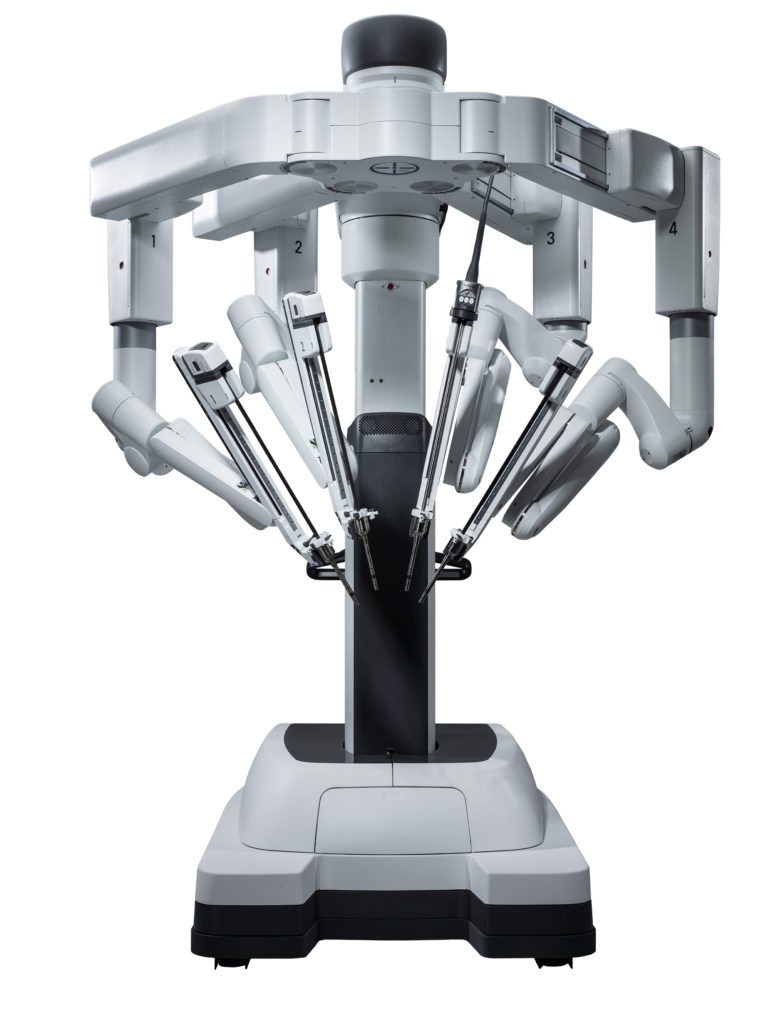Dr Brian Harkins Robotic Umbilical Hernia Repair
Understanding the Evolution to Robotic Hernia Surgery
Hernias, which emerge when an organ or tissue breaches a frail section in muscles or connective tissues, have troubled medical professionals for many ages. Despite the efficacy of age-old remedies, they frequently involve deep surgical incisions and elongated healing timelines. Amidst the rapid advancements in the world of healthcare, we've observed the debut of robotic hernia surgery. This cutting-edge modality, championed by luminaries like Dr. Brian Harkins, taps into the extraordinary precision and dexterity of robotic technologies, heralding a pioneering approach to addressing hernias.
Dr Brian Harkins Robotic Umbilical Hernia Repair

